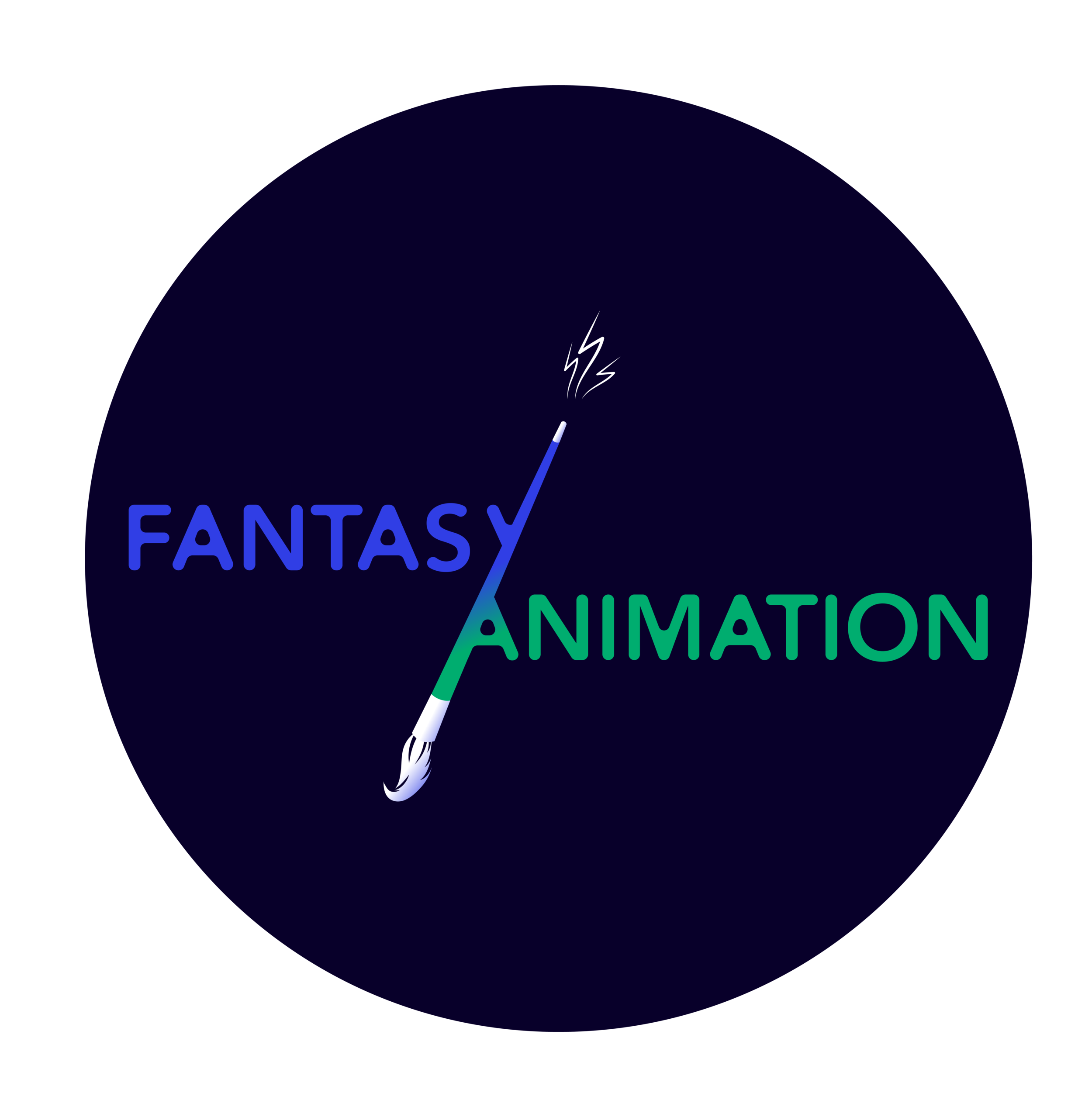The Society for Animation Studies (SAS), one of the world’s most well-known and popular international organizations dedicated to the study of animation history, theory and practice, holds an annual conference at locations throughout the world each year, where members present their recent research. The 36th Annual Society for Animation Studies conference took place between 7th-10th July 2025, hosted in Elephant & Castle, London, by the Screen School, London College of Communication (LCC), University of the Arts London (UAL). This year’s conference title was ‘Sustaining Animation’, and was inspired by UAL’s key values of climate, social and racial justice, and equality, diversity, and inclusion.
Read MoreQuantum LOGOS (vision serpent) is an immersive reactive film that uses Mesoamerican culture as inspiration for design ideas that explore the basics of quantum mechanics. This project uses abstract animated imagery to metaphorically represent the quantum world. I use this approach because of the parallels that are evident between Mesoamerican art and philosophy and the quantum mechanics vision of the nature of reality.
Read MoreAnnihilation (Alex Garland, 2018), a science fiction film set in the present day, stands out as a compelling example of fantasy/animation through its representation of chimerical monstrous creatures. The film contains uncanny imaginings of alligator-shark hybrids, skull-faced bears that growl with human voices and flower patches spectrally arranged in the shape of the human body.
Read MoreWith the Global Climate Strike, Greta Thunberg, environmental disasters and the rise of Extinction Rebellion, it seems like this is the decade when the world is waking up to the environmental emergency. However, it is clear that the research that climate-induced natural catastrophes and multiple activist organisations have existed for decades (especially if we cast our minds back to the 1960s), without leading to a real sense of urgency, albeit due to enormous efforts by big polluters to deny the science. This is where animation comes in. Data from hardworking scientists and policy analysts have illustrated the rapid destruction of our natural habitat for decades. But today, media – and animation in our case – has been able to obtain a much stronger impact on civil society – and, by extension, politicians – and amplify the voices of those who have been too easily dismissed in the past.
Read More



